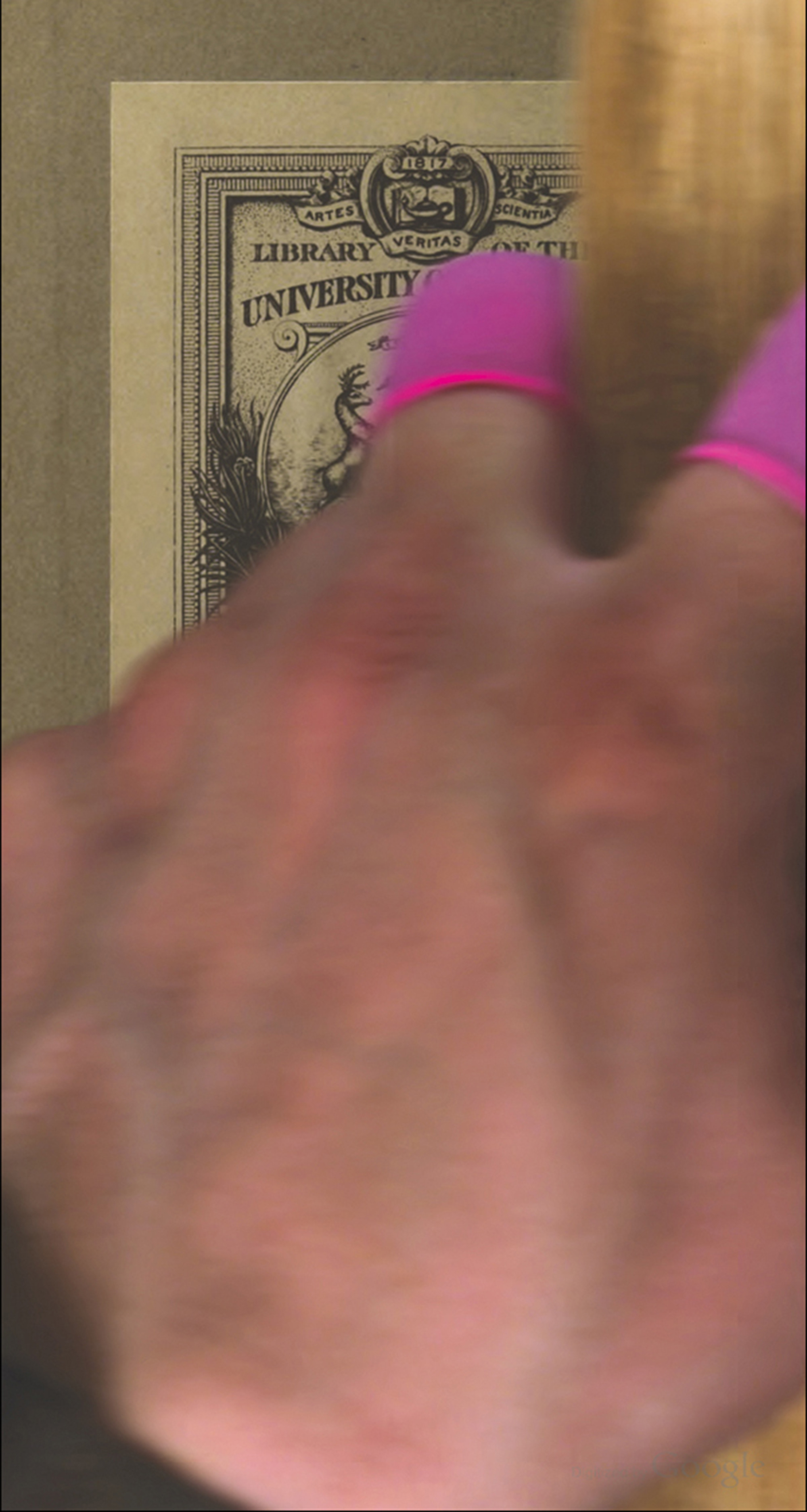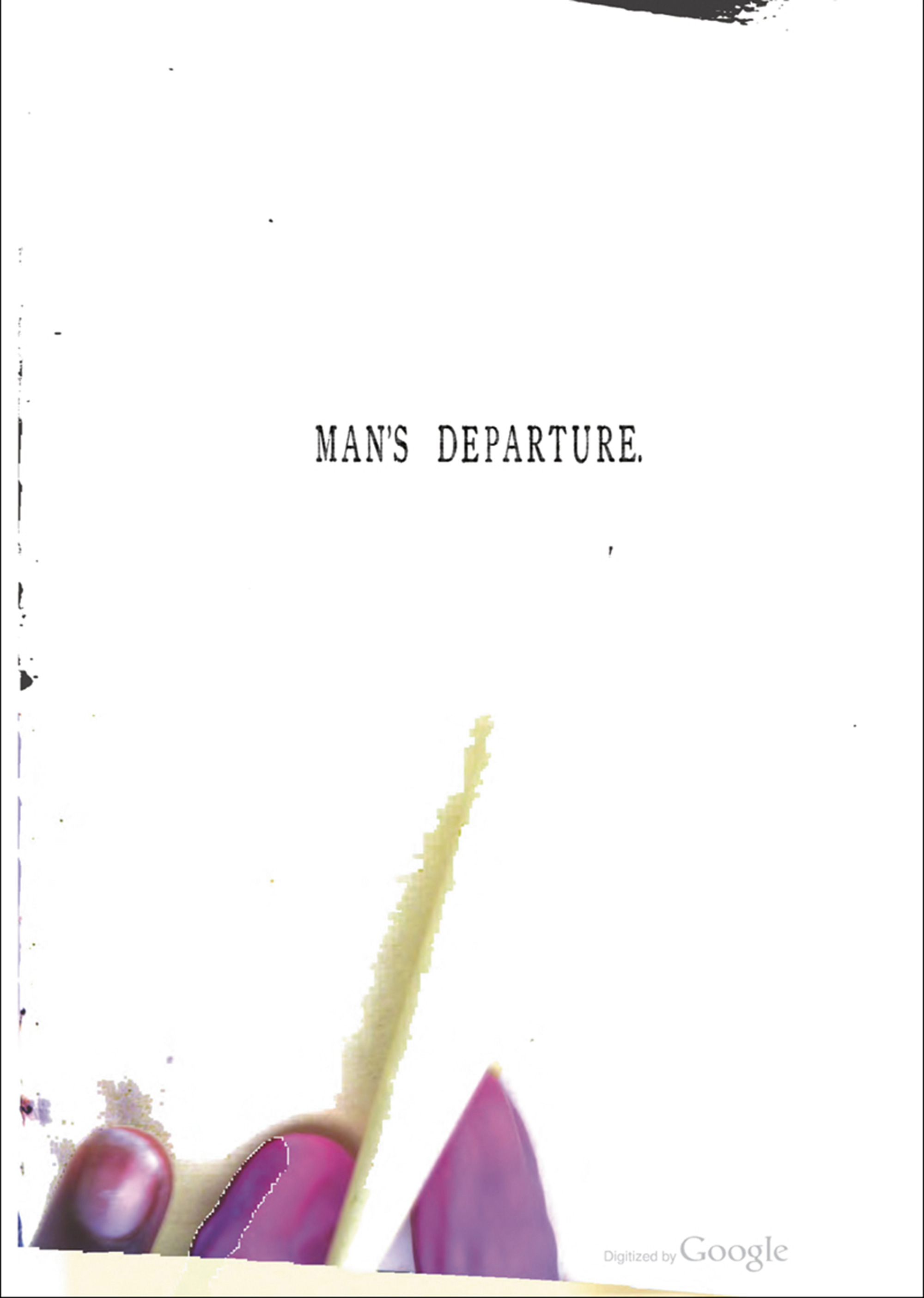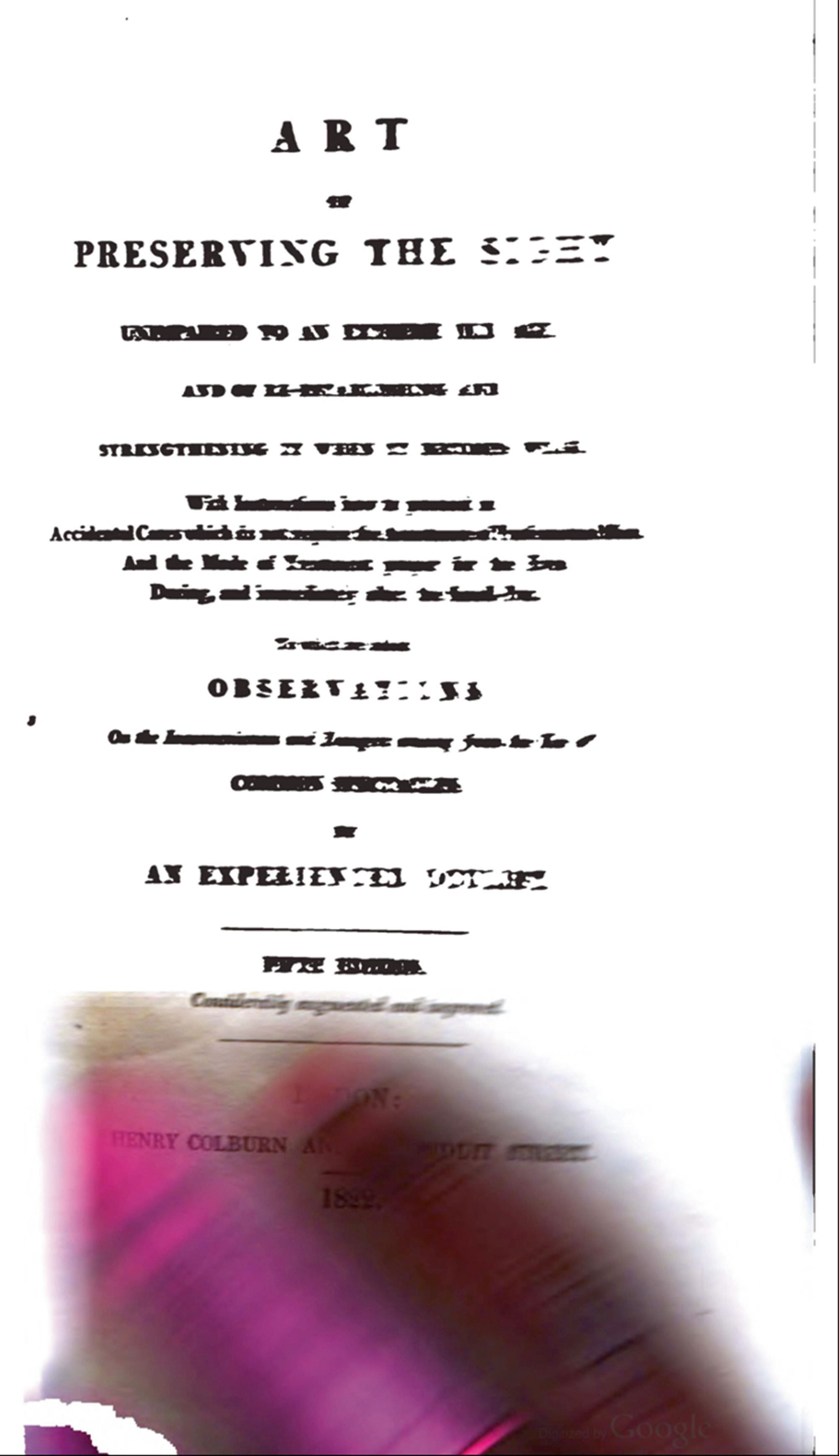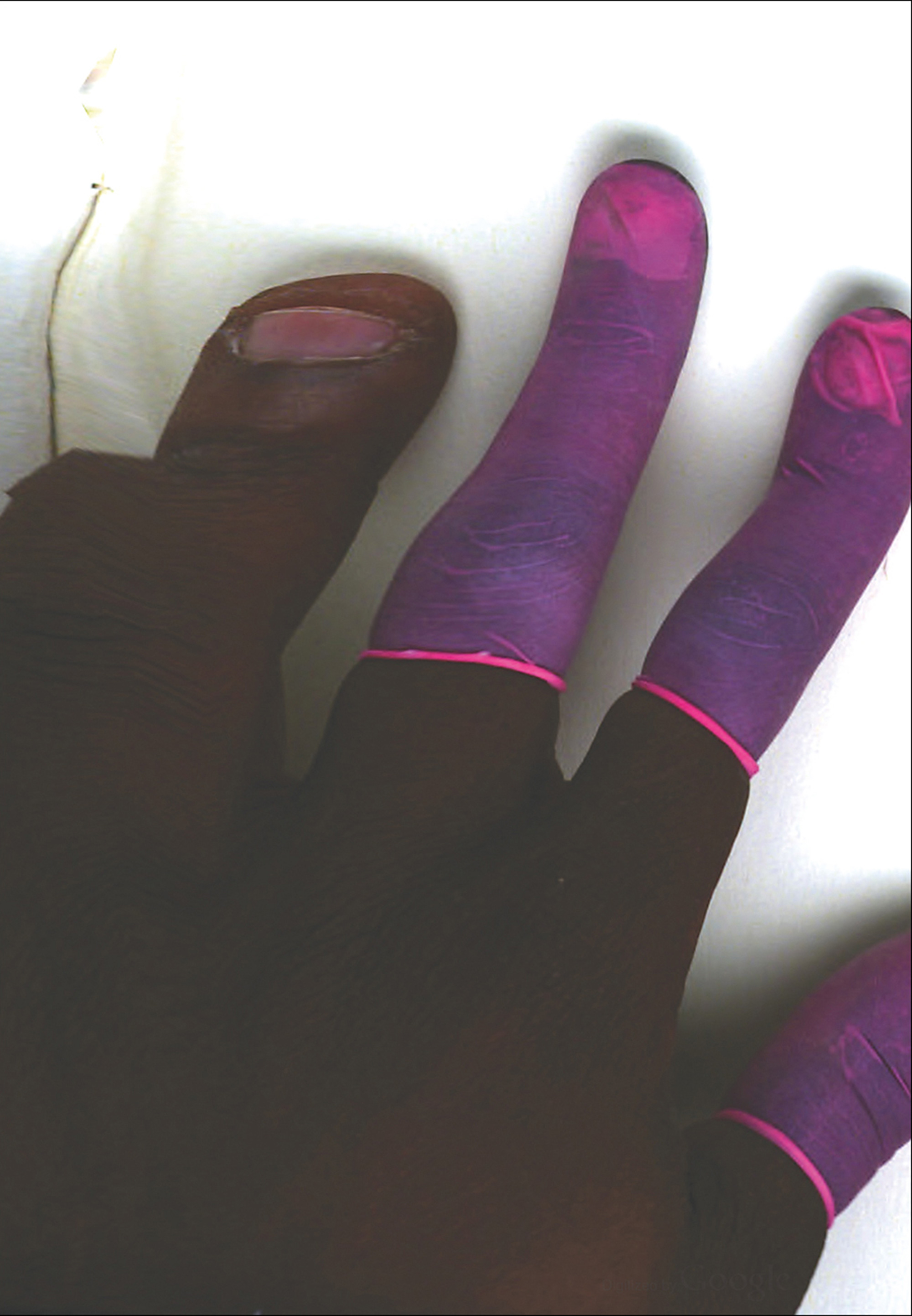Leftovers / The Art of Mechanical Reproduction
Pointing toward the future of the book
Yara Flores
“Leftovers” is a column that investigates the cultural significance of detritus.
Among those who read and write, few questions currently loom larger than “the future of the book.” In the last five years alone, some ten million volumes have suddenly come online in electronically searchable form through Google’s massive program of library partnerships and intensive scanning. Already this represents a significant percentage (maybe ten percent?) of the totality of our intellectual patrimony. Assuming that several outstanding legal/financial questions are resolved, and that the pace of digitization is maintained (currently thousands of pages per hour), something very close to the entire universe of text will soon exist as “information” in online databases.
For many purposes, we’re there: as recently as a decade ago it was impossible to do serious research in any artistic or humanistic field without physical access to a major library. This now seems quaint. The consequent transformation of learned culture rivals anything in the history of civilization. No one has any idea where we are headed, or what it will look like to “think” in another twenty years. The book itself may genuinely become a relic, and with its gradual disappearance we will lose what has been for some sixteen hundred years the basic technology of erudition, memory, and expressive continuity for most of the earth’s literate population. It promises to be a strange ride.
At the heart of this revolution is the actual process of physically scanning millions upon millions of printed books that currently sit on the shelves of repository libraries around the globe. Google has treated many of the details of this undertaking as proprietary, but it is known to be a manual affair: each book must be laid on a cradle beneath the lights and cameras, and its pages must be turned, by hand, leaf by leaf. There is in fact a Google rumor that the very first such exercise was performed by Larry Page himself back in 2002 as a proof of concept, and that he used a metronome to set the rhythm: tick, flip, click; tock, flip, click; tick, flip, click. We might think of this scene as a fateful intersection between the history of reading and the history of the engineer’s time-and-motion study. In effect, the library was shaking hands with the assembly line, and the world of the book would never be the same.
It is difficult to decide if these photographic “readings”—now taking place continuously around the world in darkened library basements—represent the apotheosis of a given volume or something closer to its erasure. In one sense, the physical book is being universalized into a newly ubiquitous digital form; in another sense, however, its paper pages are being turned for what could well be the last time. That lovely Hegelian term aufhebung feels relevant: how else to express “abolished” and “preserved” at the same time?
Generally speaking, this dialectic remains latent: one is surprised and delighted to discover that G. H. H. Oliphant-Ferguson’s searching little meditation on fatality, Man’s Departure (1885), is readily available online. But the whole ethereal dynamic of legibility and loss surges up from the margins when we then stumble upon one of those ghostly Googlehands that haunt this swelling cyberlibrary.
Since 2006, these rare glimpses of the invisible technicians performing last rites over the printed word have stimulated complaints about Google’s haste and carelessness, and led the company into a game of digital whac-a-mole: no sooner do bloggers spot another lurid pink finger-condom than the e-book in question vanishes for further processing.
But all of this quite misses the point. Which is, in fact, pointing. In his important 2007 history of marginalia, Used Books, William H. Sherman has offered an invaluable study of the hand as a reader’s instrument, by which he means the “printer’s hand” or “digit” or “index” or “mutton fist” or, most correctly of all, the manicule—that little marginal figure of a pointing finger that has served to indicate textual points of interest since the twelfth century. What Sherman shows is the passion with which readers have insisted upon leaving these synecdochal traces of their physical-cum-mental encounter with a given book: for hundreds of years drawing hands in the margins of printed books has tied hapsis to apprehension and left finger-spam littered through the pages of Western literature.
Looked at in this light, it won’t do to treat the Googlehands as mere artifacts of an imperfect work process, since this is to erase the process of erasure to which they point with poignant grace. They are better understood as manicules in an age of digital reproduction, and thus as the final traces of the reader as mechanical operator of the paper book. What we glimpse here is marginalia at the edge of reading as we know it.
Which leaves us with a final problem: what are they trying to show us, those basement book-manipulators, who labor to the click and flip of the metronomic copystand?




Yara Flores is a photographer and freelance graphic artist from Brazil. She lives in Puerto Rico. She can be reached at fourthapple@yahoo.com.
Spotted an error? Email us at corrections at cabinetmagazine dot org.
If you’ve enjoyed the free articles that we offer on our site, please consider subscribing to our nonprofit magazine. You get twelve online issues and unlimited access to all our archives.